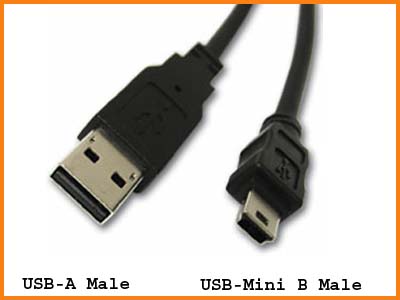
Breaking News
Main Menu
Install Snow Leopard Using Firewire Target Disk Mode
суббота 22 сентября admin 20
I was going to install the OS using the original disks then update to Mac OS Snow Leopard. This leads me to three questions: Can I erase/install the OS while in Target Disk Mode by inserting the Mac OS CDs into my desktop then selecting my laptop as the disk to install on. Why not just put the older Mac into FireWire Target Disk mode and use. I installed Leopard with a clean erase and install on my G4 emac.
I have a Macbook Pro with an inoperative slot-loading Superdrive. I purchased Snow Leopard today, planning to use my Mac Pro w/working Superdrive in Firewire Target Disk Mode to install the OS on my Macbook Pro. Espn video download. I can mount the Snow Leopard install via TDM, but the installer informs me that I cannot install Snow Leopard from 'this volume' (presumably because the Target Disk Mode connection isn't recognized as an optical drive?). I've also tried to use 'Remote Install OS X,' but because my MBP is not an Air, it doesn't have the necessary firmware to select a network boot on startup by holding Option. Am I out of luck until I get access to a firewire external DVD drive?
Target Disk Mode Worked with 2 Macbooks I started the MacBook with the good optical drive in target mode by holding the 'T' button while it was booting. The Snow Leopard installation disk was already in the drive.
I then connected the target Macbook to the 2nd Macbook (the macbook I want to install Snow Leopard to but has a bad optical drive) with firewire and started the 2nd macbook while holding the 'option' key. The second macbook then allowed me to choose the Snow Leopard installation disk and all is installing well at the moment, albeit a bit slow.
I wanted to upgrade from 10.5 to 10.6 on a macbook without a working optical drive. I connected my new macbook pro and the macbook using a firewire cable.
Then I started the macbook pro in target disk mode (hold down the t key during startup) with the snow leopard install cd in the optical drive. The I started the macbook holding the option key. The optical drive from the macbook pro appeared as a boot option on the macbook.
I booted the macbook from the optical dive and the snow leopard upgrade ran without a hitch. After hours of banging my head against the wall trying to get this to work, I finally realized I couldn't use any of the boot keys because I'd long ago established a firmware password on my old PowerBook G4. It wasn't hard to take off, just hard to realize it was there because you don't get any error messages of any kind -- the system simply goes into normal boot every time. So, check that if you're having trouble.
Big thanks to campbels for the right recipe on remote / TDM install. Total time for install over FireWire 400 from PowerBook G4 to MacBook Pro Late 2008: 55 minutes. The installer estimated 44 minutes at first -- not bad Apple.
Its no secret that while Apple packs their OS X operating system with thousands of user-friendly features, the operating system is still built on top of a bit more complicated UNIX platform. With the design and configuration of OS X, many of these hidden features can come in handy at the most critical times. One of these features is “Target Disk Mode” and it essentially turns your Mac into a that can be accessed quickly and easily by connecting it with your firewire cable to another Mac.
The maffetone method ebook reader. Clearly, simply, and sensibly, Dr. Maffetone explains the benefits of aerobic fitness, proper nutrition, stress reduction, and even choosing the right exercise shoes (expensive is not better!). The Maffetone Method will show you how simple it can be to feel good again.
Target Disk Mode is essential for performing tasks like moving a significant number of files from one computer to another or simply accessing files from one computer (a Macbook Pro) on another computer (a MacPro) when working on large projects that move from mobile to desktop computing. Generally speaking, Target Disk Mode is a great thing on the Mac, but it does leave your files a bit less protected than when you access them through OS X on the native computer itself.